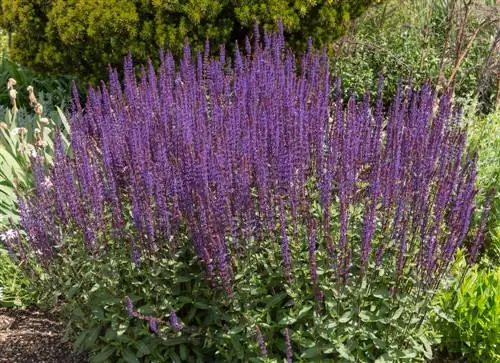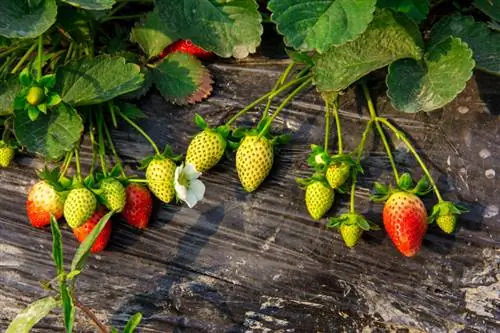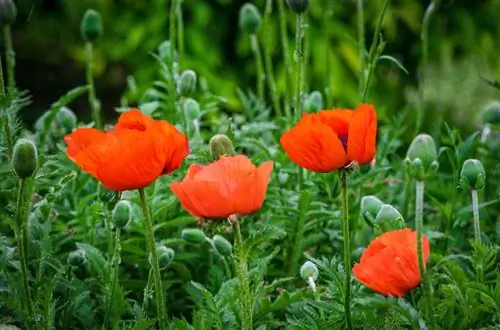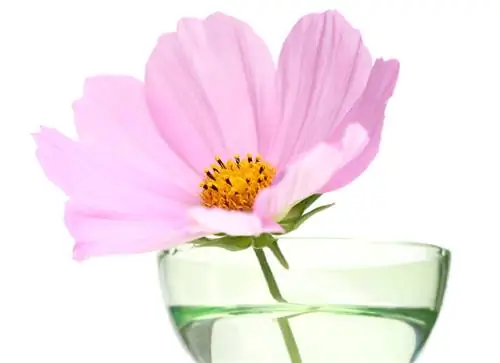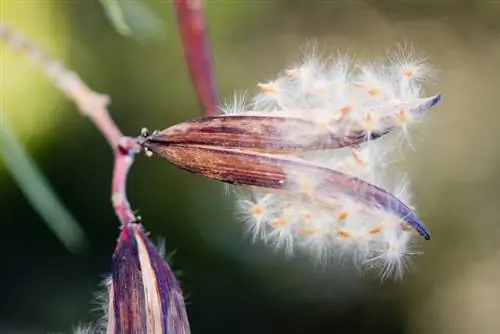- Author admin [email protected].
- Public 2024-01-10 23:11.
- Last modified 2025-01-23 11:21.
The ornamental sage belongs to the mint family and is known by various names that are intended to distinguish it from the common sage (Salvia officinalis), the medicinal plant. Both types of sage are related to each other, but can you also eat the ornamental shrub?

Is ornamental sage edible or poisonous?
Although the ornamental sage is visually appealing and smells pleasant, it is not suitable for consumption. However, it is non-toxic and poses no danger to children or pets. Sage (Salvia officinalis) should be used for cooking and for he alth-promoting teas.
The appearance of the ornamental sage
The ornamental sage is represented by many species. Some examples are
- the steppe sage or flower sage with white flowers
- the steppe sage with blue-violet flowers
- the unpleasant smelling swamp sage
- the blood sage with fiery red flowers
All of these ornamental sage species are worthy representatives in the perennial garden and create a pretty overall picture next to daisies or other half-height perennials. They are easy to care for, grow relatively bushy and some species reach a height of up to one meter. The first flower spikes open in June and the entire flowering period lasts until September. The perennial ornamental sage varieties lose their leaves in autumn.
Edible or not?
The ornamental sage is an eye-catcher in every herbaceous bed, some varieties even spread a pleasant scent in the garden, but it is still not suitable for consumption. However, it is not poisonous and can therefore be safely planted in a garden where children play.
Ornamental sage is often offered under the name “flower sage” to immediately point out the difference to real sage. Although the plant is inedible for humans, the flower nectar of the ornamental sage is a valuable food source for bees, bumblebees and other insects. If you want to cook with sage or prepare he alth teas, you have to use real sage. Salvia officinalis, select.
True Sage
In contrast to ornamental sage, real sage is evergreen. Although some leaves dry out in winter, most of the leaves remain. Salvia officinalis is a medicinal plant that has been known since ancient times. It is still used today for sage tea and is used in the kitchen as a spice for roasts and stews. The real sage is cultivated in many gardens, but it also thrives in pots on the windowsill. Its flowers are similar to those of the ornamental sage, as it also produces long, delicate purple flower panicles. The velvety, finely hairy leaves can be dried to make tea.

